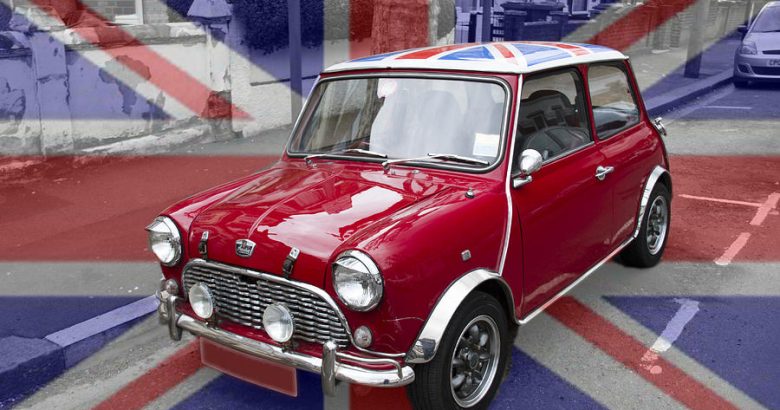
European cars have always been small and fuel efficient. This is because in Europe gasoline has been expensive to purchase for decades. If this wasn’t cause enough, in the mid-1970s, the crisis in the Gulf of Suez occurred and the very supply petroleum itself was threatened. Europeans realized that they needed vehicles that weren’t just “thrifty,” they needed vehicles that were as fuel efficient as the present day technology allowed. As a mild form of panic set in during the Gulf of Suez period, the European automobile industry realized they needed to react aggressively.
The British Motor Corporation (BMC) with Lord Nuffield at the helm was one of the first to get involved. In the late 1950s, he realized that he needed a new kind of car. As a result, he directed his chief design engineer, Sir Alec Issigonis, to begin the design of a new kind of automobile. This British-built car would be larger than the other microcars on the market and would carry more than just two people. In fact, it would be able to carry up to four adults yet be extremely fuel efficient. The car was appropriately called the “Mini.”
The first production Minis were made in 1959. It was small but offered enough room inside for four adults. The secret of the Mini was that BMC installed a transversely-mounted engine up front to conserve engine compartment size. It was the first mass produced vehicle to ever have a transversally-placed engine. When the Minis hit the dealerships, they flew off the lot. The motoring public loved this car because it had both qualities that the motoring public wanted; it had impressive interior room and a sporty, fuel-efficient , engine. It wasn’t long before Minis were everywhere. Even celebrities and royalty, including Queen Elizabeth II, owned Minis and it became Britain’s ”must-have” automobile.
In 1960, the Mini was imported into the US market. It was popular but not as popular as in Europe. BMC sold the car in the US for seven years and during that time only 10,000 or so minis were sold. The end of the line in the US occurred in 1968 when federal safety and emissions regulations began to be required by the federal government. BMC didn’t feel that the engineering and costs required to meet these requirements was justified in light of the small number of sales that occurred in the US. The car continued to be sold in Europe, however and the vehicle was built until 1972. The total number of these vehicle produced is staggering. With 5.3 million units sold, the British-built Mini is the most popular car ever sold in Europe.
End of the story? Nope, not according to the Patrick Dealer Group of Schaumburg, IL, a Chrysler, Dodge, Jeep, Ram dealer, the form factor of this car was just too appealing. In 2000, BMW purchased the brand and announced a successor to the original British version. It is now called the MINI (all capital letters) and is built in Germany. The current MINI is 21 inches longer and 12 inches wider than the original and weighs 2300 lbs, a full 700 lbs more than the original Mini. Today, the BMW-built MINI is popular car with global sales of over 100,000 units per year.
Image Source: 2cv1607.hol.es